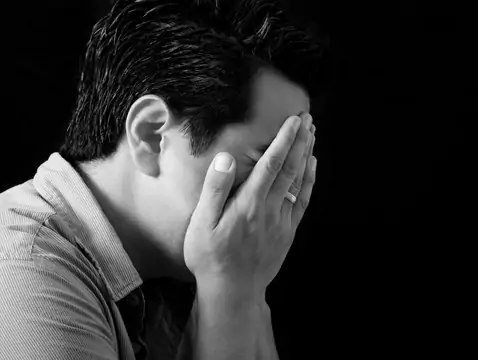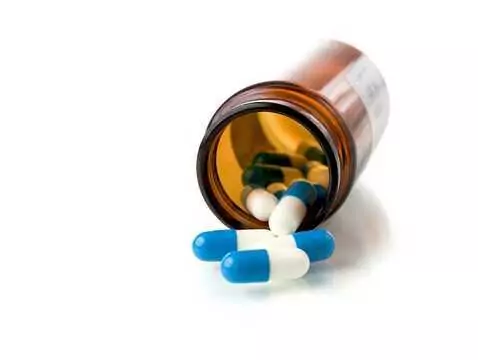Caffeine our enemy? When do we become caffeinated? Does an excess of coffee and tea risk mental disorders? Recovering from caffeine may not be so easy....
The criterion for caffeinism
The concept of caffeine addiction, or caffeinism, depends on the amount of caffeine consumed. We speak of caffeinism when the amount of caffeine in foods and liquids during the day exceeds 750 mg.
Caffeine content of foods
For example, a glass (250 ml) of brewed coffee contains about 200 mg of caffeine, a glass of instant coffee half as much, i.e. about 100 mg. The same volume of decaffeinated coffee contains only 5 mg of caffeine, the same as a glass of cocoa. We also consume caffeine in tea. A glass of brewed tea contains approximately 100 mg of caffeine. A bar of milk chocolate (100 g) has about 20 mg of caffeine. A can of Coca-cola contains 15 mg more caffeine than a can of Pepsi-cola (35 and 20 mg respectively). A caffeinist is therefore, for example, a person who consumes 3 glasses of brewed coffee or 6 glasses of instant coffee or brewed tea or 20-30 cans of Coca-cola or Pepsi-cola per day. These figures decrease when combining the products mentioned.
Is caffeine addictive?
Well, it seems so. Sudden withdrawal from caffeine consumed in even moderate amounts can cause depression, anxiety, fatigue, increased thirst, headaches and increased painkiller intake. Caffeine abuse can therefore be a major problem, and the addict may find it difficult to stop or control the amount of coffee or tea consumed.
Effects of caffeine abuse
A great many symptoms have been described that accompany caffeine abuse. Moderate amounts can cause increased urine output, mild tremor, mild anxiety and increased skeletal muscle strength. As little as 150 mg of caffeine (a glass of tea and half a chocolate bar) consumed before bed can cause difficulty falling asleep and shallow sleep and morning fatigue.
Symptoms accompanying the consumption of large doses include:
- chronic insomnia,
- anxiety,
- anxiety,
- tension,
- agitation
- impaired concentration and attention,
- confusion,
- disorientation,
- dizziness,
- flushing of the face,
- increase in blood pressure and body temperature,
- nausea and vomiting,
- increase in respiratory rate.
In extreme cases, visual and auditory hallucinations, delirium, paranoia and panic attacks can occur.









